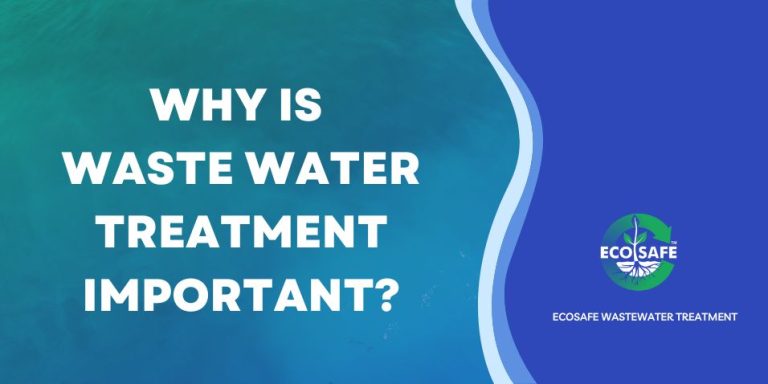Some Known Details About Reclaim Waste
Table of ContentsThe Greatest Guide To Reclaim WasteTop Guidelines Of Reclaim WasteThe 2-Minute Rule for Reclaim WasteGetting The Reclaim Waste To WorkThe Of Reclaim Waste
Residential sewage waste refers to the waste and products from a residential septic container. The proper management and disposal of domestic sewer waste require fluid waste to be moved to a sewer treatment plant where the proper approaches and equipment are used to detoxify and dispose of waste.
Commercial waste usually consists of prospective dangers, such as combustible materials or a mixture of fluid and strong waste products, and calls for an advanced and comprehensive disposal process. The disposal of business waste usually involves the filtration of waste prior to transport to make sure risk-free and appropriate disposal. Industrial waste is developed from results and runoff of commercial procedures and production.
This sort of waste can not utilize the exact same sewage monitoring transportation or processes as septic or business fluids. The commercial waste management procedure requires the evaluation and screening of fluid waste prior to it goes through the disposal process (liquid waste disposal). Runoff waste is the fluid waste that comes from drainage and excess stormwater in extremely populated areas or cities
Overflow waste can cause contamination and flooding if not taken care of properly. Making certain correct waste monitoring can stop catastrophes and reduce ecological damage.
Reclaim Waste Fundamentals Explained
Call PROS Solutions today to learn more about our waste management and disposal solutions and the appropriate ways to care for the liquid waste you create.
(https://www.openlearning.com/u/leonaube-smse1x/about/)Do you understand what takes place to your water when you end, flush the commode or drain pipes the cleaning equipment? No? Well, it's worth recognizing. This so-called 'wastewater' is not just an essential resource however, after therapy, will be released to our land, waterways or the sea. Utilized water from toilets, showers, baths, kitchen sinks, laundries and industrial procedures is referred to as wastewater.

water made use of to cool down machinery or clean plant and tools). Stormwater, a kind of wastewater, is overflow that moves from farming and city areas such as roofing systems, parks, yards, roadways, paths and seamless gutters into stormwater drains pipes, after rain. Stormwater moves without treatment directly to neighborhood creeks or rivers, ultimately getting to the sea.
Our Reclaim Waste Diaries
In Queensland, many wastewater is dealt with at sewage therapy plants. Wastewater is delivered from domestic or commercial sites via a system of drains and pump terminals, understood as sewage reticulation, to a sewage treatment plant.
The Department of Natural Resources suggests city governments regarding handling, operating and keeping sewage systems and treatment plants. In unsewered areas, local federal governments might need owners to set up individual or home sewer therapy systems to deal with domestic wastewater from commodes, kitchen areas, bathrooms and laundries. The Department of Natural Resources authorizes using house systems when they are shown to be effective.
The majority of stormwater obtains no treatment. In some brand-new neighborhoods, treatment of some stormwater to remove clutter, sand check here and gravel has actually started making use of gross contaminant traps. Wastewater treatment happens in four stages: Removes solid issue. Larger solids, such as plastics and various other objects wrongly released to sewage systems, are removed when wastewater is passed through displays.
Wastewater then streams into big storage tanks where solids clear up and are eliminated as sludge. Oil and scum are skimmed from the surface area. Utilizes little living organisms referred to as micro-organisms to break down and eliminate remaining dissolved wastes and fine bits. Micro-organisms and wastes are included in the sludge. Gets rid of nitrogen and phosphorus nutrients that can create algal flowers in our waterways and threaten marine life.
Getting The Reclaim Waste To Work
Nutrient removal is not offered at all sewage treatment plants since it requires expensive specialized tools. Clear fluid effluent generated after therapy may still include disease-causing micro-organisms - industrial wastewater treatment.

This typically means wastewater has to be dealt with or pollutants removed prior to it can be discharged to waterways. The majority of wastewater streams into the sewerage system. Under the Act, neighborhood governments carry out authorizations and licences for ecologically relevant activities (ERAs) entailing wastewater launches that might have a neighborhood effect. The department carries out approvals and permits to Ages involving wastewater releases that might have a regional or statewide influence.
The Basic Principles Of Reclaim Waste
Tracking supplies accurate info concerning water top quality and can validate that permit problems are being satisfied. The info gotten via surveillance gives the basis for making water top quality choices.